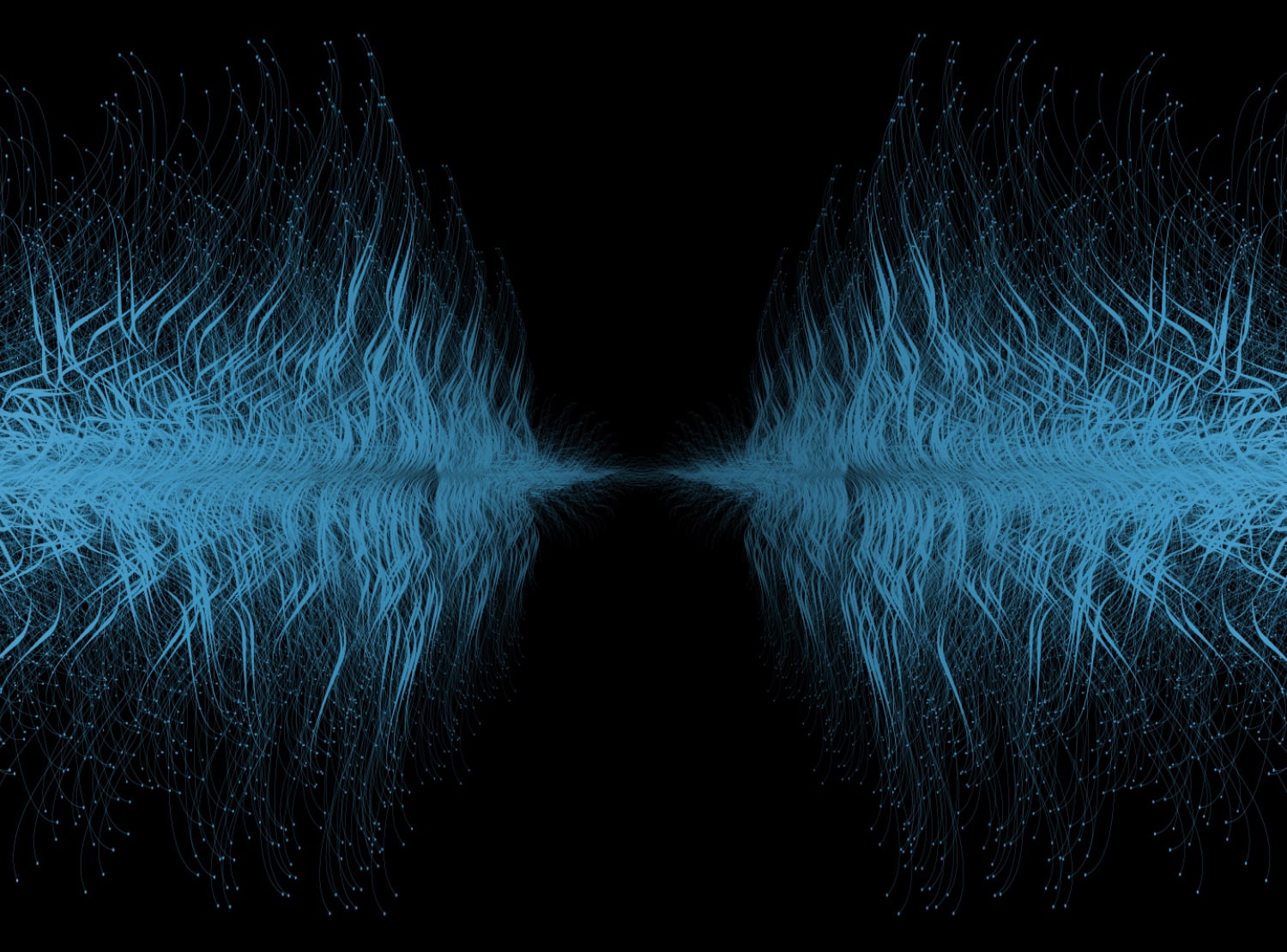
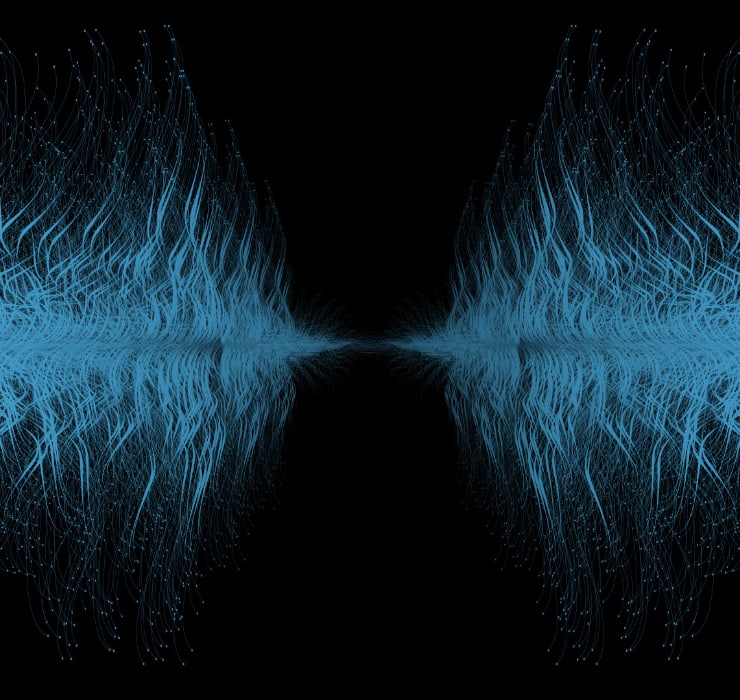
Aims and Objectives
Based on the spirit of the Memorandum of Understanding signed between the University of Tokyo and International Business Machines Corporation (IBM) on December 19, 2019, the University of Tokyo and IBM Japan will promote the Japan-IBM Quantum Partnership to make Japan a leader in quantum computing. Through this partnership involving Japanese industries, academia, and research institutions, the IBM-University of Tokyo Laboratory aims to build a unique ecosystem of quantum computing technologies in Japan to promote strategically important research and development activities related to quantum computing algorithms and applications, and to expand economic opportunities in Japan.
Greeting
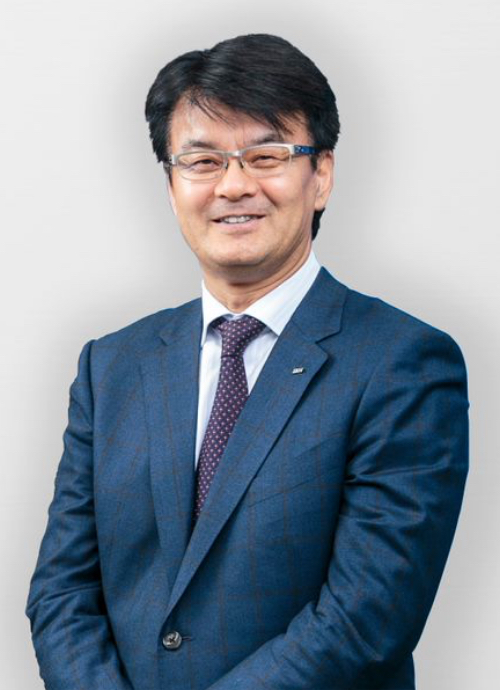
General Manager and President , IBM Japan
Akio Yamaguchi
I am very pleased with the establishment of the IBM-University of Tokyo Lab.
Based on the Japan-IBM Quantum Partnership announced in December 2019, IBM has been working closely with University of Tokyo to accelerate quantum science, business, and education in Japan, in collaboration with member companies, government, and academia.
This year, IBM Quantum System One, dedicated system will be installed in Japan, and the Technology Development Lab will start its operation in University of Tokyo. It will support practical quantum application development and also support next-generation quantum hardware research and development, including the evaluation in a low temperature
environment.
Through our activities at the IBM-University of Tokyo Lab, IBM will maximize the potential of quantum computing and contribute to solving critical social issues such as climate change, energy, and medicine.
Research
Boosting near-term quantum computation by machine-learning post-processing
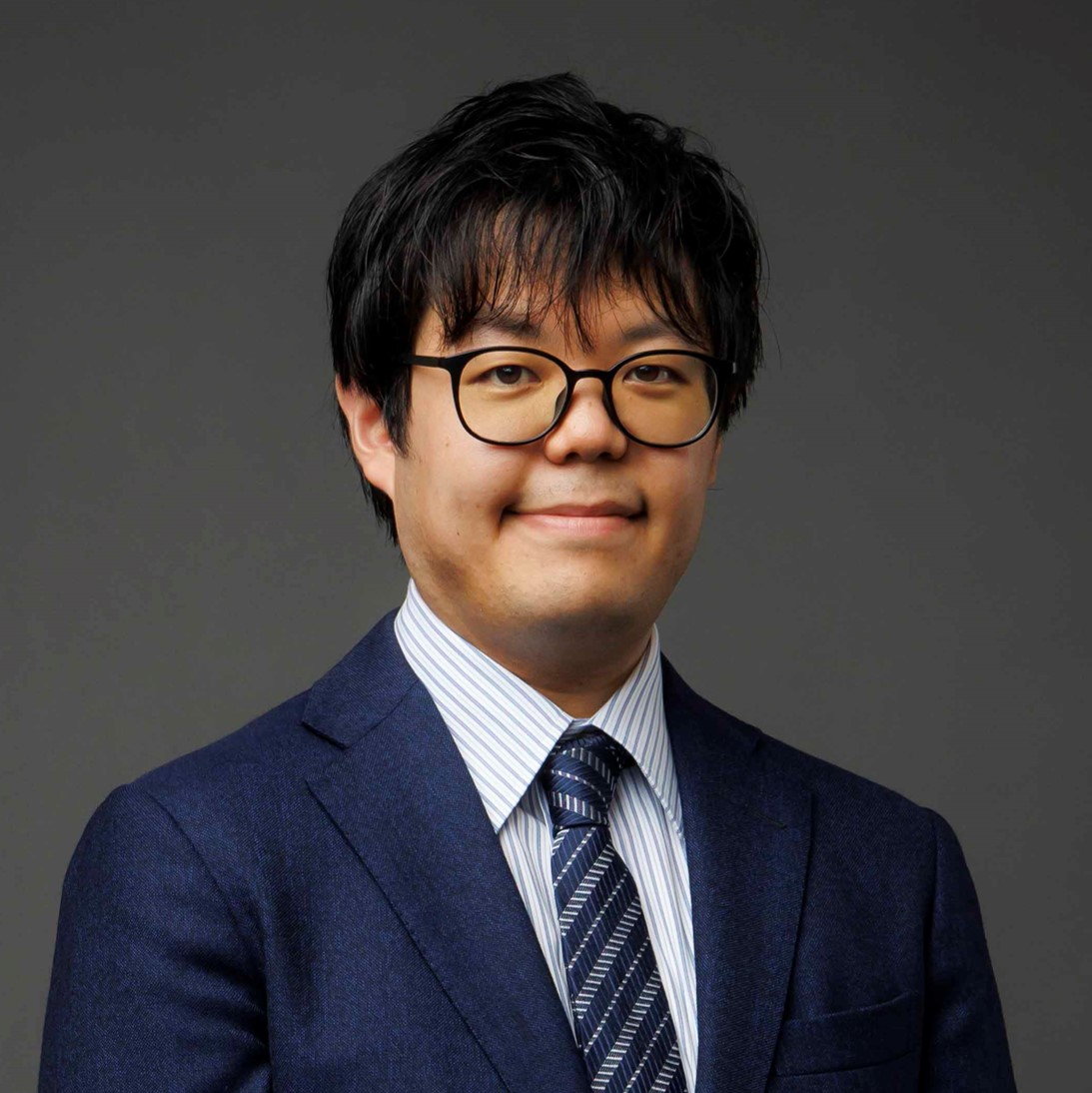
International Center for Elementary Particle Physics
Associate Professor
Nobuyuki Yoshioka
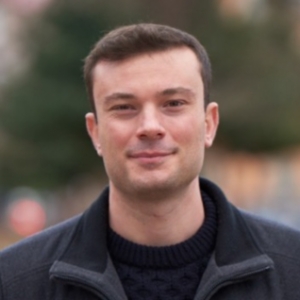
Research Scientist
Antonio Mezzacapo
Towards Large-Scale Quantum Artificial Intelligence
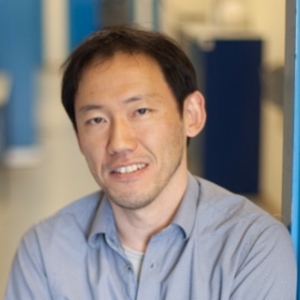
International Center for Elementary Particle Physics
Professor
Koji Terashi
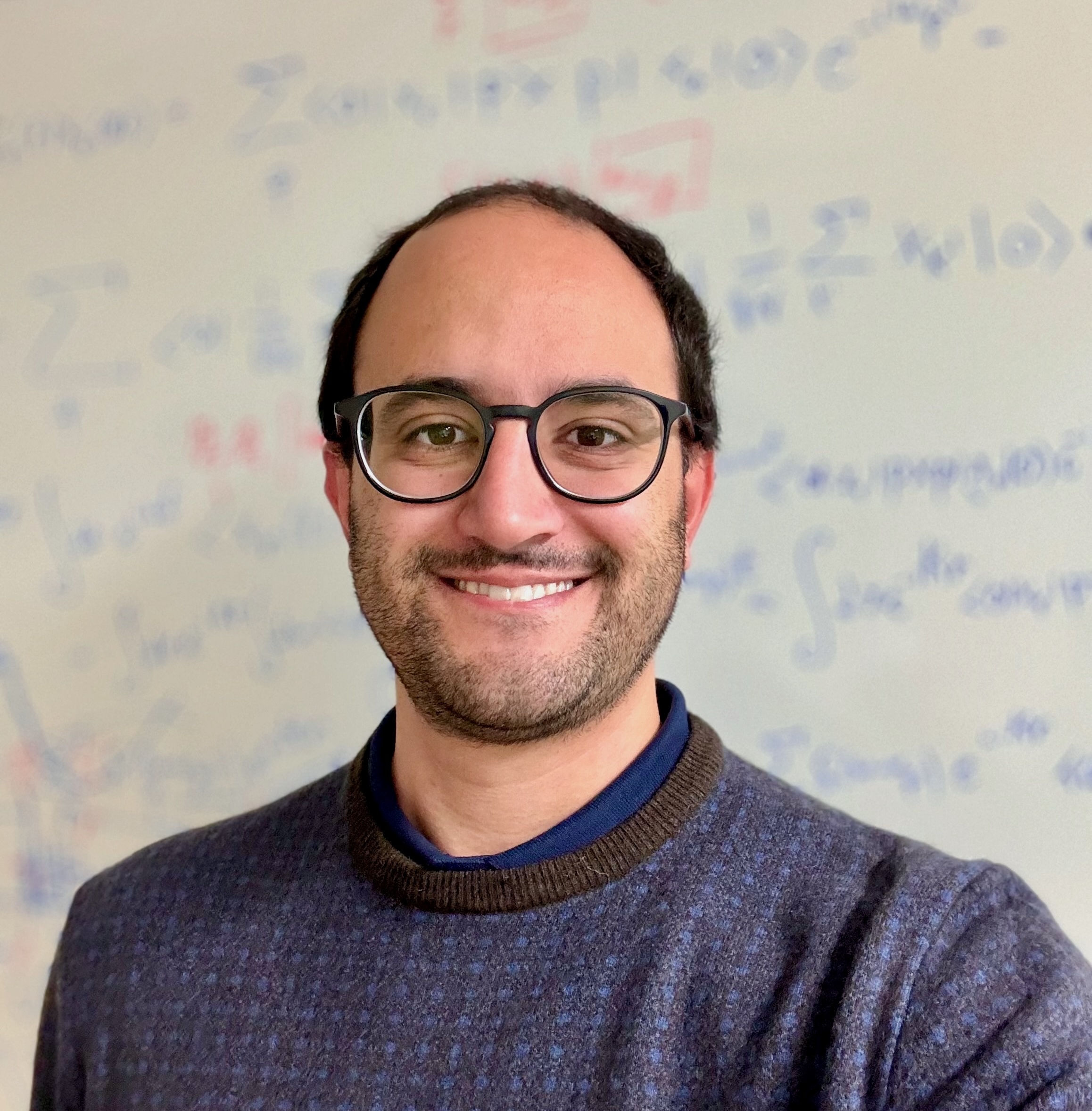
IBM Research Europe
Research Staff Member
Francesco Tacchino
Quantum programming and algorithms based on higher-order quantum operations
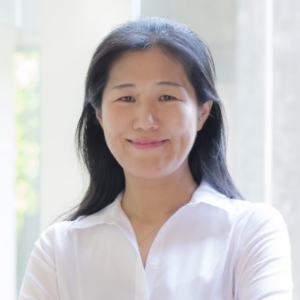
Graduate School of Science
Professor
Mio Murao

Research Scientist
Antonio Mezzacapo
Quantum/classical hybrid simulation of intense laser-driven multielectron dynamics

Graduate School of Engineering
Associate Professor
Takeshi Sato

Quantum Application Researcher
Yukio Kawashima
Dynamic Circuits for Quantum Simulations in High Energy Physics and Beyond
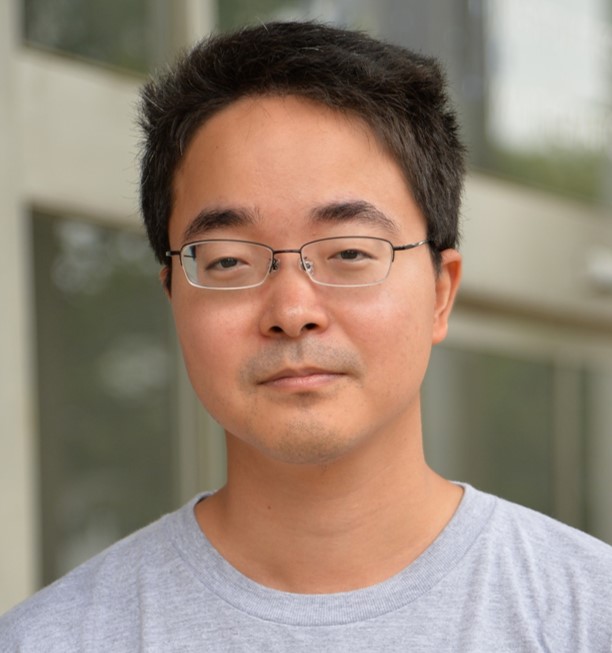
Kavli IPMU
Professor
Masahito Yamazaki
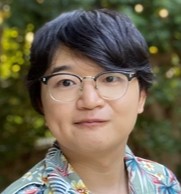
Researcher
Atsushi Matsuo
Spintronics and AI physics research for large-scale quantum processors
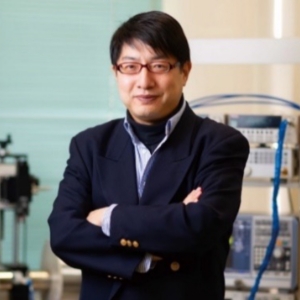
Graduate School of Engineering
Professor
Eiji Saitoh
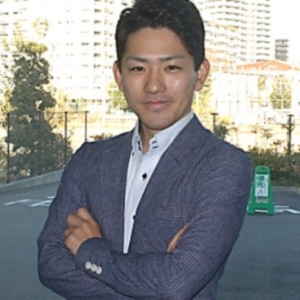
Research Staff Member
Naoki Kanazawa
Quantum transduction using optomechanical system
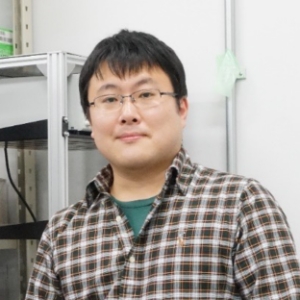
Graduate School of Arts and Sciences
Associate Professor
Atsushi Noguchi
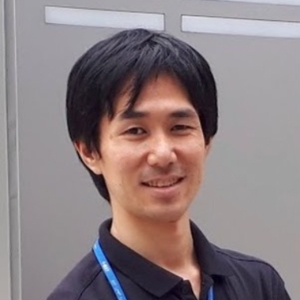
Research Staff Member
Masao Tokunari
Superconducting qubits with multi-junction architecture
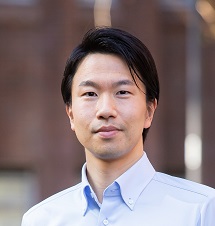
International Center for Elementary Particle Physics
Assistant Professor
Toshiaki Inada

Research Staff Member

 Quantum Innovation Initiative Council
Quantum Innovation Initiative Council